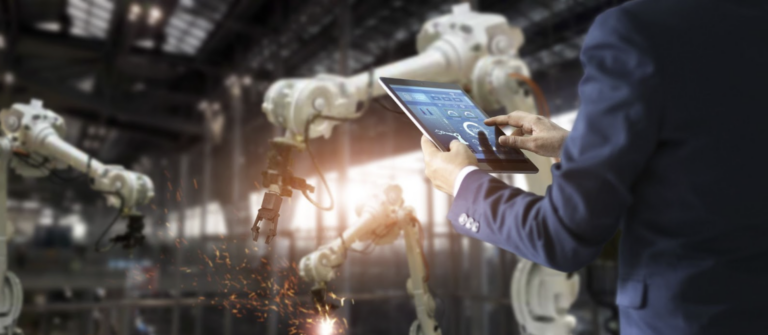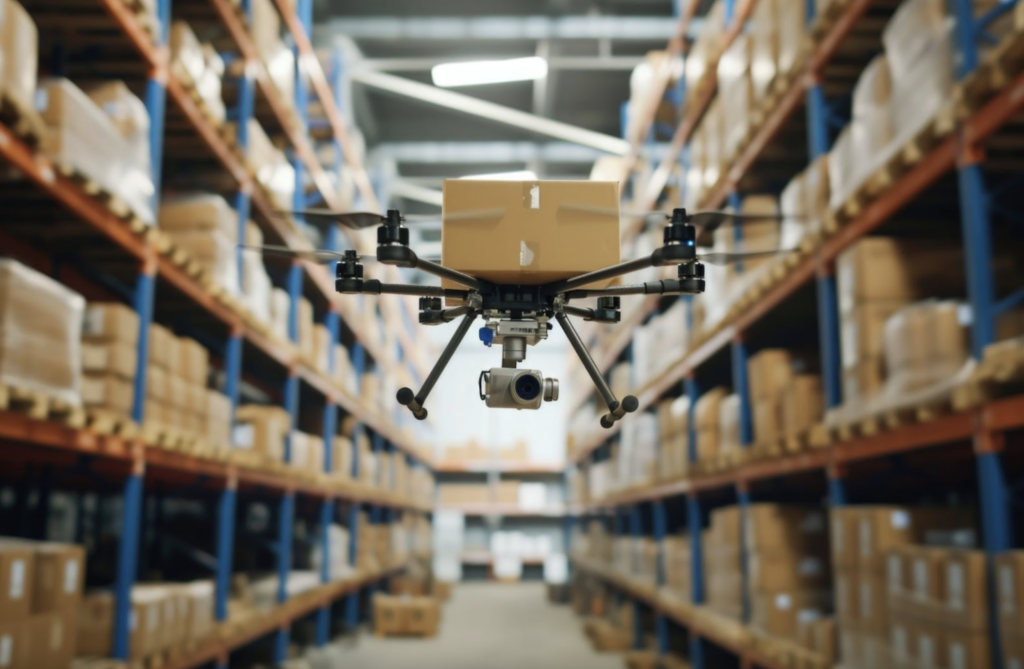

The landscape of modern business is undergoing a seismic shift, with the digital realm colliding inexorably with the tangible world of industrial logistics. At the heart of this metamorphosis lies the enigmatic domain of automated warehouses, an armada of robotic efficiency poised to redefine the archaic foundations of distribution management. According to McKinsey, the overall automation market is growing rapidly: at least some expert sources expect robot shipments to increase by up to 50 percent each year through 2030, with warehouse automation growing by more than 10 percent per year. That is not surprising, since recent disruptions and operational challenges have demonstrated the critical importance of robust supply chains.
Automated warehouses, powered by advanced technology, are more than a mere storage facility; this concept is the backbone of modern logistics, transforming the way products are stored, retrieved, and dispatched.
At the core of this revolution lies the Automated Storage and Retrieval System (AS/RS), the crown jewel of warehouse automation. These towering structures, often extending to the very ceilings of warehouses, consist of cranes, shuttles, and lifts designed to store and retrieve goods with pinpoint accuracy. Their dance is governed by complex algorithms that ensure optimal storage density and accessibility, dramatically increasing the capacity and efficiency of the warehouse.
Complementing the AS/RS are conveyor belts and sortation systems, the veins and arteries through which goods flow. These conveyors transport items from one point to another, from the receiving dock to storage areas, and eventually to dispatch. Sortation systems, equipped with advanced sensors and scanners, identify and route products to their designated locations, ensuring that orders are accurately fulfilled and ready for shipment.
The orchestration of these machines is managed by the Warehouse Control System (WCS), the conductor of the symphony. The WCS integrates with the Warehouse Management System (WMS), which provides the strategic oversight of inventory management, order processing, and logistics. Together, they ensure that the automated warehouse operates as a cohesive unit, synchronizing the movement of goods with the demands of the business.
Innovations such as machine vision technology further enhance the efficiency of automated warehouses. Cameras and sensors, positioned at strategic points, allow for real-time tracking and inspection of goods. This not only ensures the quality and accuracy of inventory but also enables automated systems to adapt to variations in product size, shape, and packaging.
The integration of robotics is another pivotal element in the anatomy of an automated warehouse. Robotic arms, equipped with grippers and suction cups, perform tasks ranging from palletizing goods to picking individual items. These robots work alongside humans, taking on repetitive and physically demanding tasks, thereby reducing the risk of injury and improving workplace safety.
In the midst of the whirlwind of automation and technological advancement, the value of the human element within automated warehouses cannot be overstated. While machines and algorithms drive efficiency and precision, it is the human touch that imbues these systems with creativity, adaptability, and ethical considerations. The integration of automation does not diminish the role of human workers; rather, it elevates their contributions, transforming them from mere cogs in a machine to vital orchestrators of technological symphony.
Automated systems, for all their sophistication, operate within predefined parameters and lack the nuanced decision-making capabilities of the human mind. Humans bring to the table an irreplaceable capacity for critical thinking and problem-solving, enabling them to address unexpected challenges that may arise, such as system malfunctions or unusual order requests. This cognitive flexibility ensures that operations can continue smoothly even when faced with situations that fall outside the scope of automation.
As automated warehouses become more complex, the role of humans shifts towards oversight, strategic decision-making, and continuous improvement. Workers with a deep understanding of both the technology and the broader business objectives are essential for optimizing workflows, enhancing system configurations, and ensuring that automation aligns with changing market demands. This strategic oversight helps in maximizing the return on investment in automation technologies and maintaining a competitive edge in a rapidly evolving landscape.
The integration of automation also brings to the forefront important ethical and social considerations. Human workers are instrumental in ensuring that automated systems are designed and operated in a manner that respects worker rights, promotes safety, and considers the broader societal impacts. The human touch extends beyond the warehouse, influencing how automation is perceived and implemented across the industry, ensuring that it serves to augment rather than replace human labor.
The transition to more automated environments necessitates a shift in the skills landscape. There is a growing need for training and upskilling programs that equip workers with the knowledge to interact with sophisticated systems, analyze data, and perform higher-level decision-making tasks. Organizations that invest in their workforce, enabling them to adapt to and thrive in these new roles, not only enhance their operational efficiency but also foster a culture of innovation and continuous learning.
The Future of Jobs Report from the World Economic Forum studied 673 million employees across the world. According to the survey, 69 million jobs will be created in the next five years, driven by new technologies and the green transition. These gains will be offset by 83 million new jobs being put at risk by economic pressures and automation. This means 1/4th of today’s jobs will be disrupted in the next five years. Governments, businesses, and workers need to foster a culture of lifelong learning to embrace these emerging technologies.
At the heart of the automated warehouse lies an intricate network of machines and software systems designed to execute tasks with surgical precision. From the moment goods enter the facility to the instant they are dispatched, every step is carefully calibrated. Inventory is stored with pinpoint accuracy, ensuring that each item is placed in its optimal location, both to maximize space utilization and to streamline retrieval processes. This meticulous approach to storage and retrieval not only enhances the overall efficiency of the warehouse but also significantly reduces the incidence of errors, leading to a dramatic improvement in order accuracy.
The automated systems that power these warehouses operate with a consistency that human labor simply cannot match. Machines do not tire, do not succumb to distraction, and do not vary in performance from one day to the next. This unwavering consistency ensures that operations can proceed around the clock, if necessary, without the risk of degradation in quality or speed. As a result, businesses can rely on a steady output and consistent service levels, which are crucial for maintaining customer trust and satisfaction.
Automated warehouses play a pivotal role in reducing lead times and enabling just-in-time delivery models. By eliminating inefficiencies and errors, these facilities ensure that products are not just dispatched promptly but are also delivered at precisely the right moment. This capability is particularly valuable in industries where timing is critical, such as in the manufacturing of components for assembly lines or in the distribution of perishable goods. The ability to synchronize supply chains with such accuracy leads to reduced inventory costs, less waste, and improved responsiveness to market demands.
For the forward-thinking business owner, the automated warehouse is not a trend to tarry over but a reality to be embraced. The emergence of private 5G networks is poised to further transform this landscape, offering a connectivity solution that is both easily deployable and remarkably robust. With their high-speed data transfer, near-zero latency, and the capacity to connect a vast array of devices, private 5G networks promise to elevate the capabilities of automated warehouses to new heights. This next wave of technological advancement ensures not only the seamless operation of intricate machinery and systems within these warehouses but also opens up possibilities for more sophisticated automation and real-time data analytics, thereby enhancing decision-making and operational agility. This ongoing evolution not only underscores the importance of embracing new technologies but also highlights the ever-growing potential to refine and elevate the supply chain in an increasingly digital world.